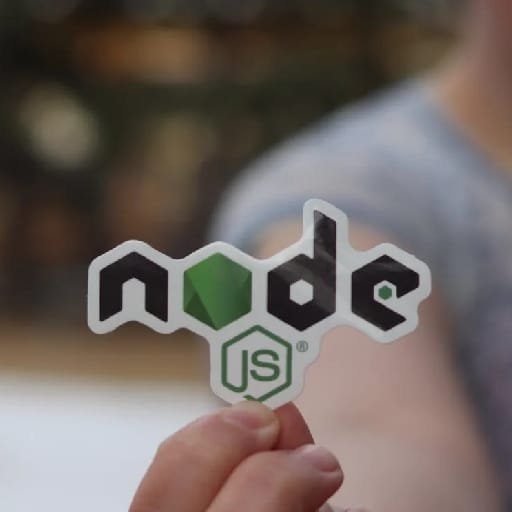"Mastering Node.js: Advanced Techniques and Best Practices" is a comprehensive guide that delves into the advanced concepts and techniques of Node.js development. It is designed for experienced Node.js developers who want to take their skills to the next level.
The book covers a wide range of topics, including asynchronous programming, event-driven architecture, performance optimization, security best practices, and deployment strategies. It also explores advanced features of Node.js, such as streams, clusters, and worker threads.
Throughout the book, the authors provide real-world examples and practical tips to help readers understand and apply the concepts discussed. They also highlight common pitfalls and offer best practices to ensure efficient and reliable Node.js applications.
Some of the key topics covered in the book include:
1. Asynchronous programming: Learn how to effectively use callbacks, promises, and async/await to handle asynchronous operations in Node.js.
2. Event-driven architecture: Understand the event loop and event-driven programming model in Node.js, and learn how to build scalable and responsive applications.
3. Performance optimization: Discover techniques to improve the performance of your Node.js applications, including optimizing memory usage, leveraging caching, and using profiling tools.
4. Security best practices: Learn how to secure your Node.js applications by implementing authentication, authorization, input validation, and other security measures.
5. Deployment strategies: Explore different deployment options for Node.js applications, including containerization, serverless computing, and continuous integration/continuous deployment (CI/CD) pipelines.
6. Advanced features: Dive into advanced features of Node.js, such as streams for handling large datasets, clusters for scaling applications across multiple cores, and worker threads for parallel processing.
By the end of the book, readers will have a deep understanding of Node.js and be equipped with the knowledge and skills to build high-performance, secure, and scalable applications.
"Mastering Node.js: Advanced Techniques and Best Practices" is a valuable resource for Node.js developers who want to become experts in the field and take their Node.js applications to the next level.
